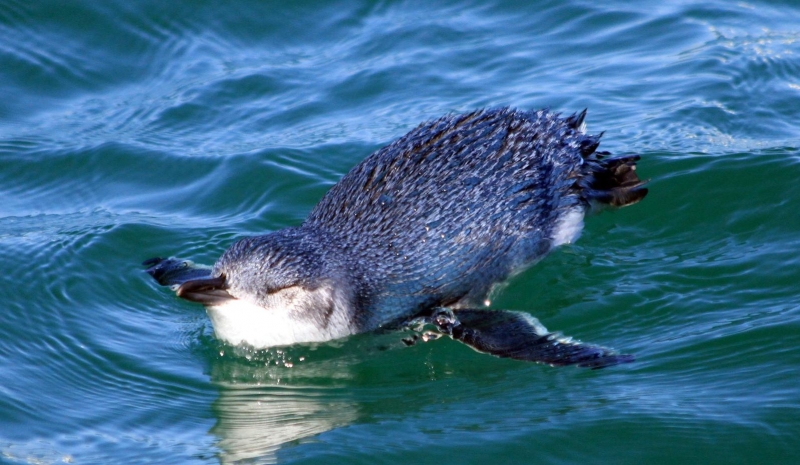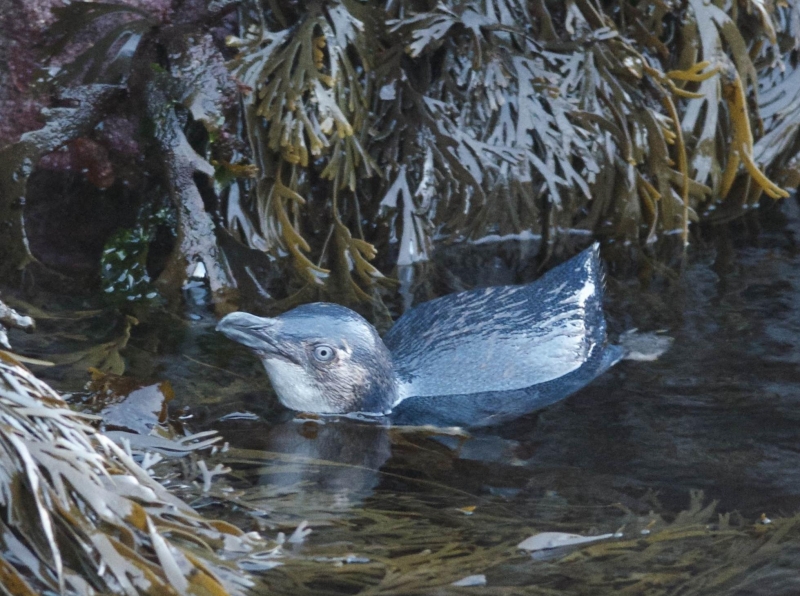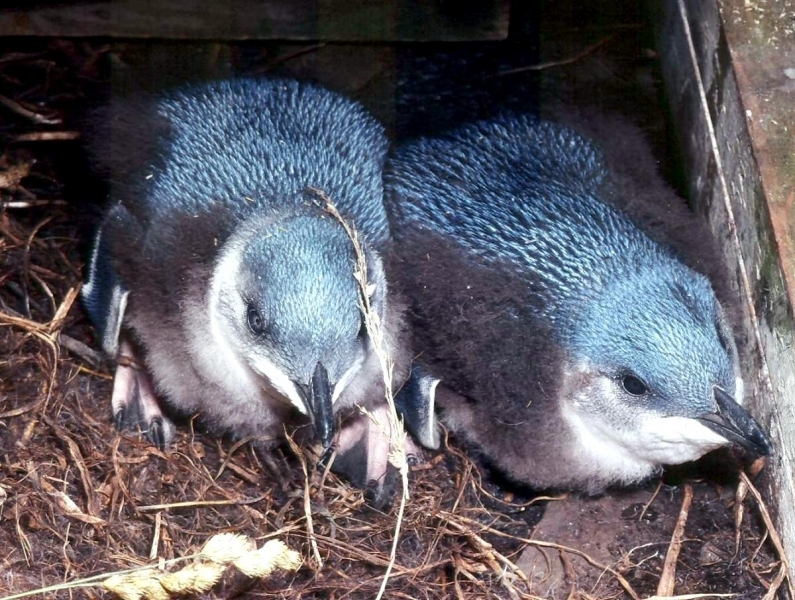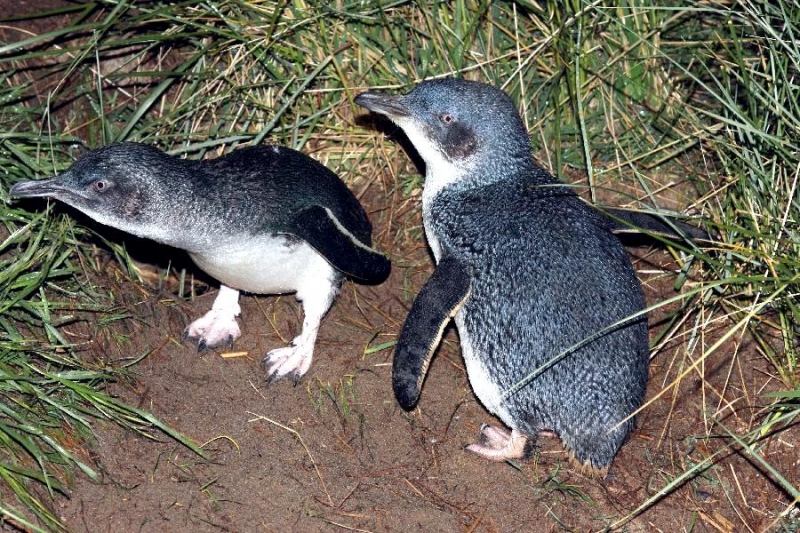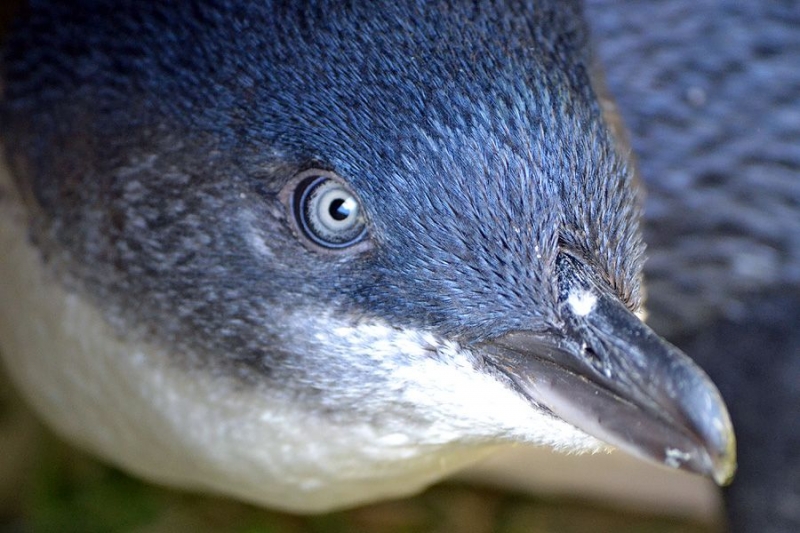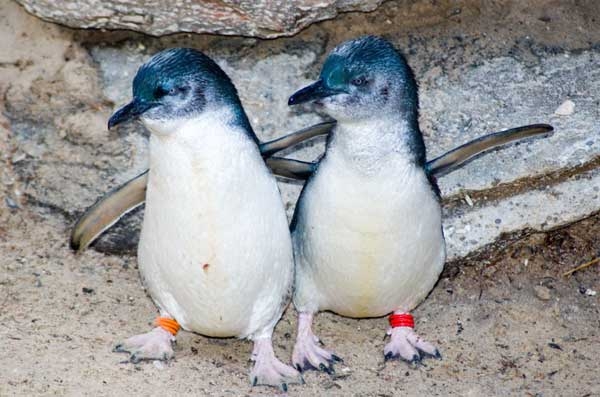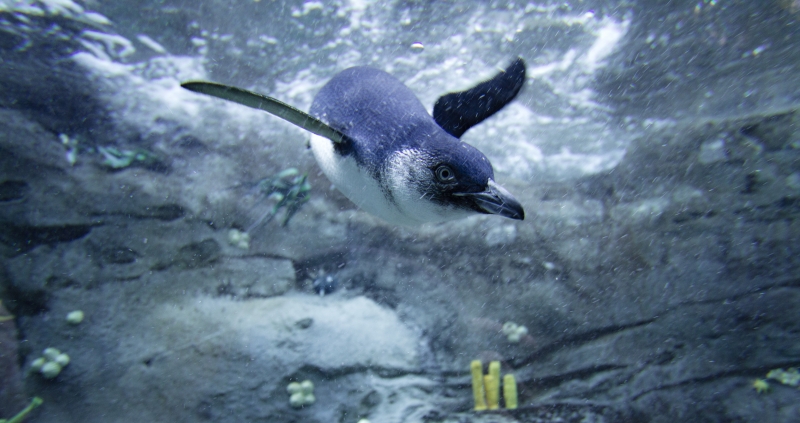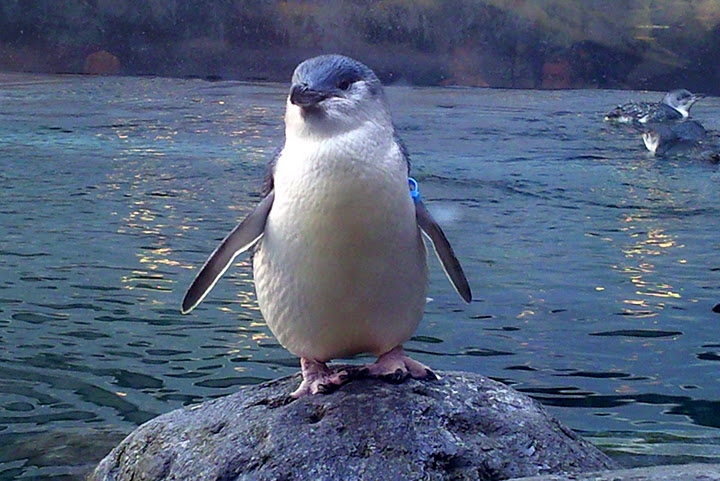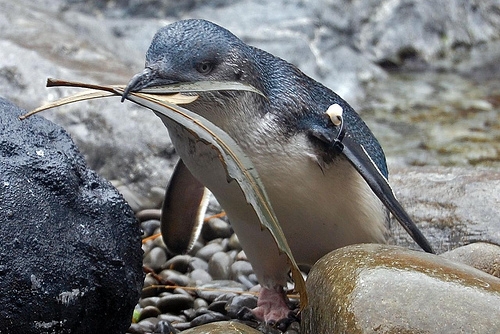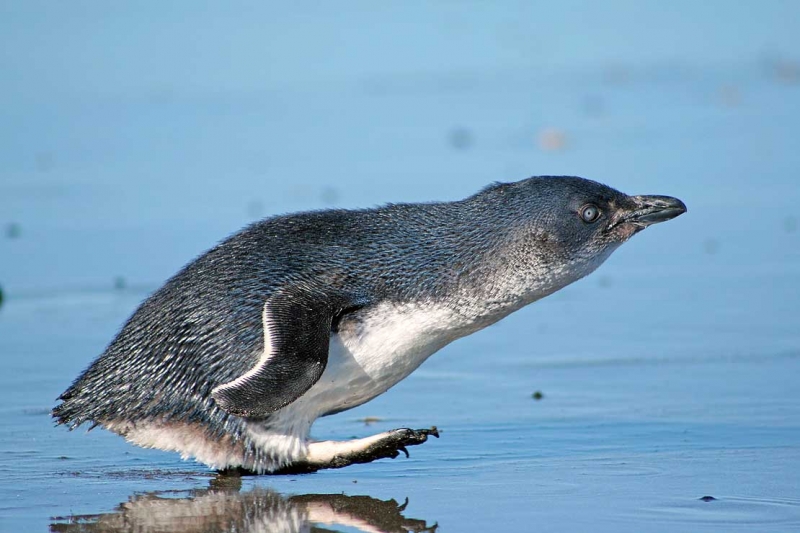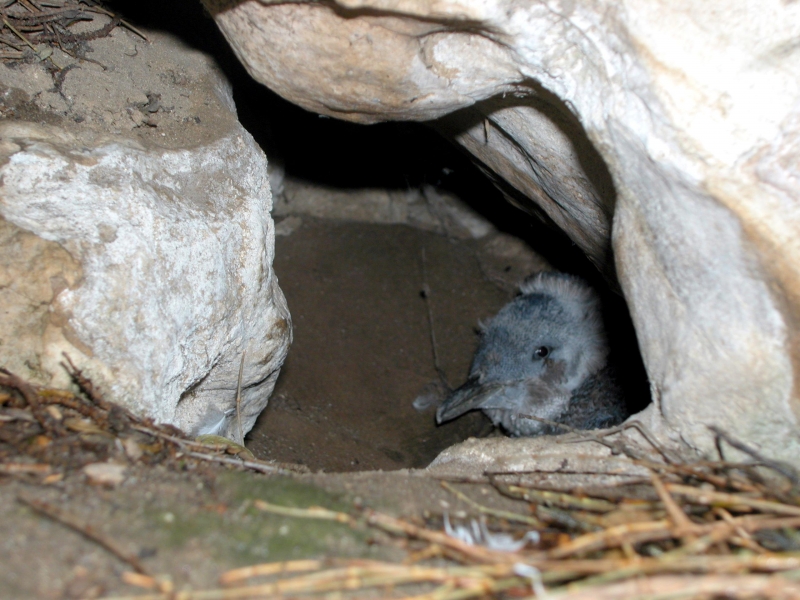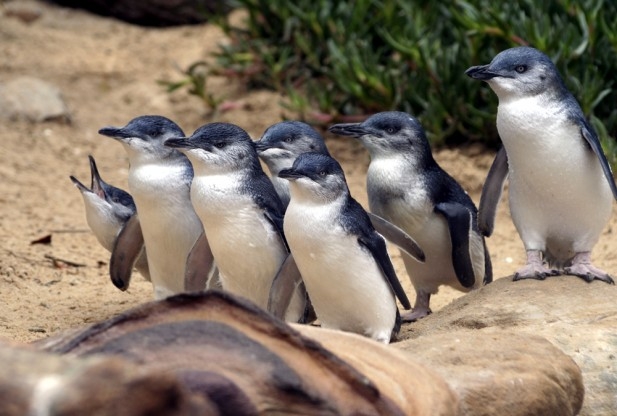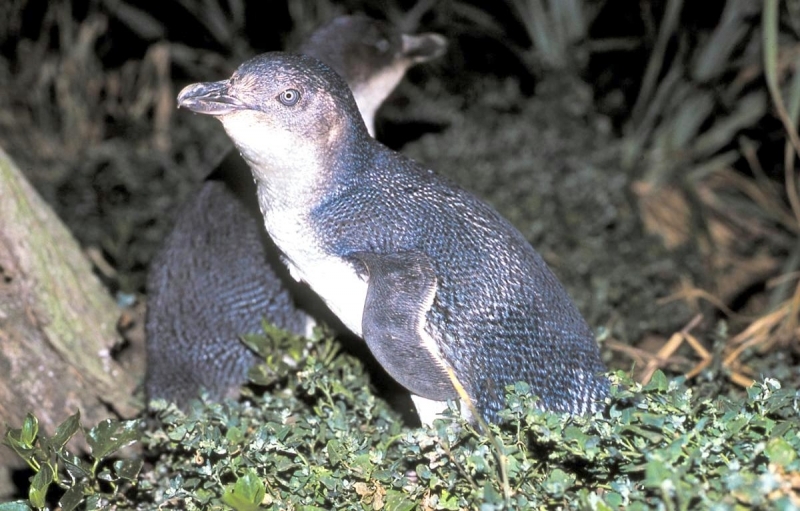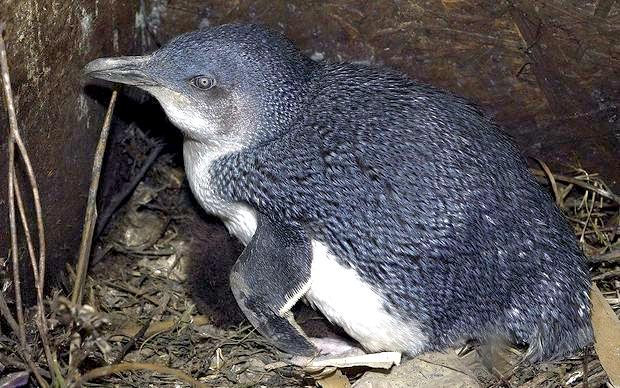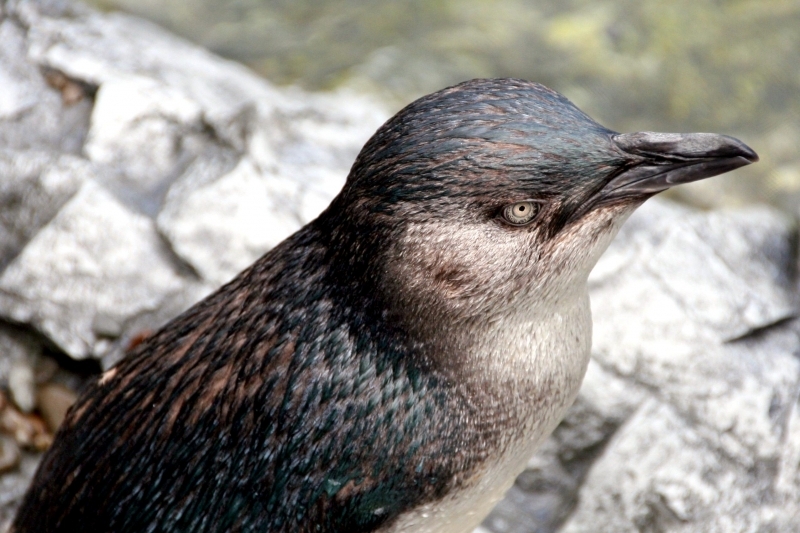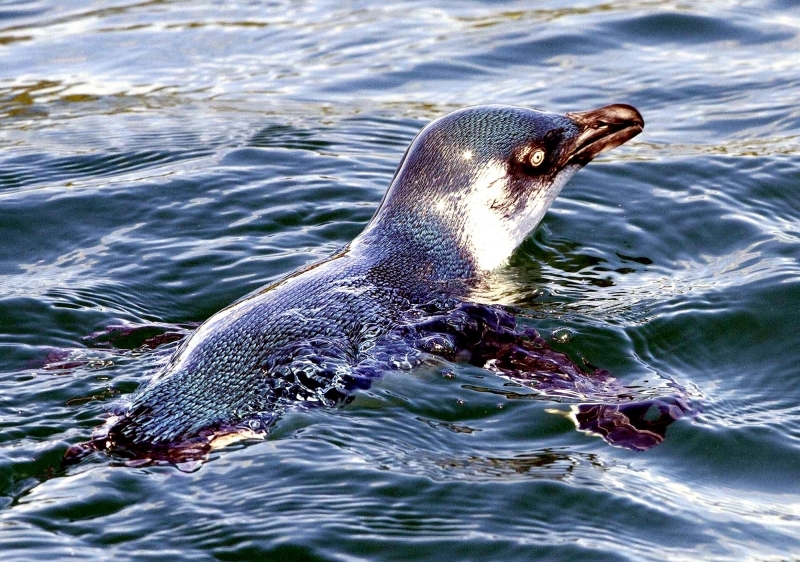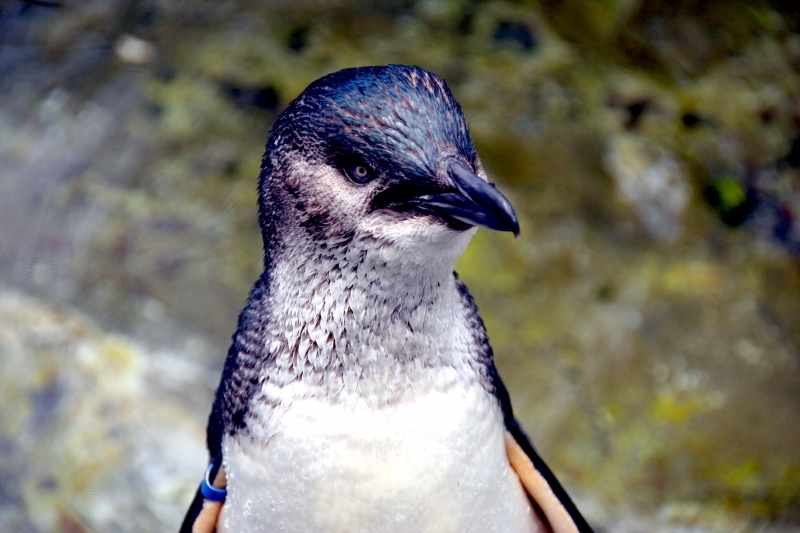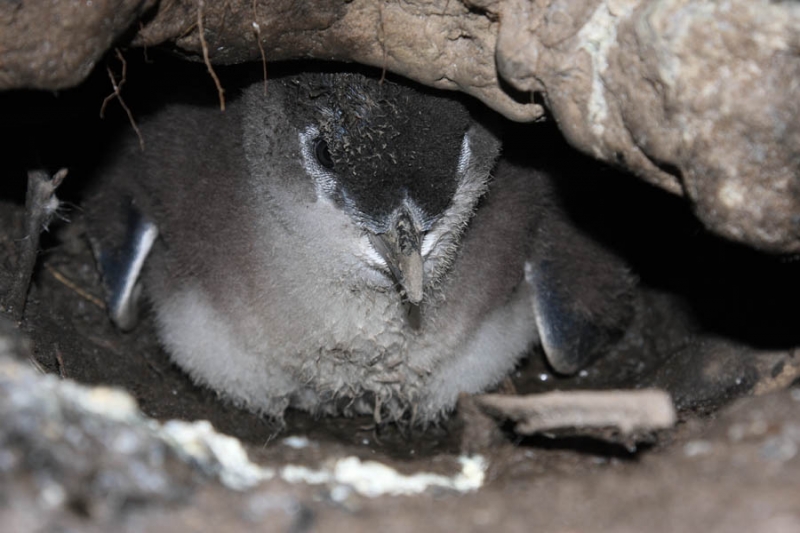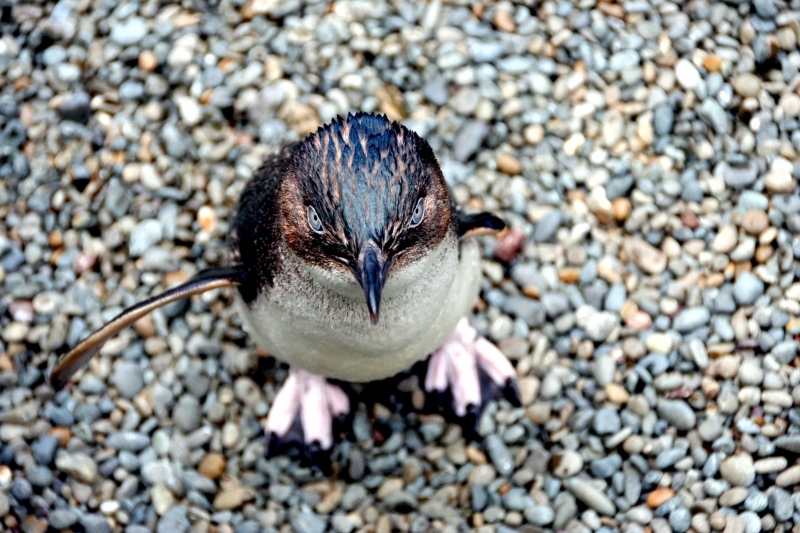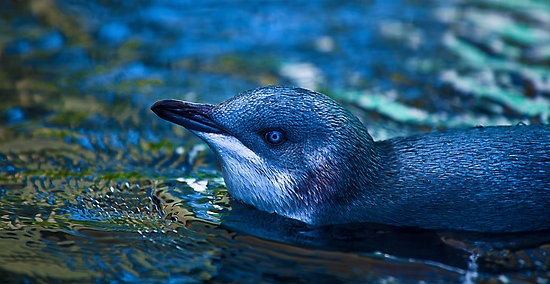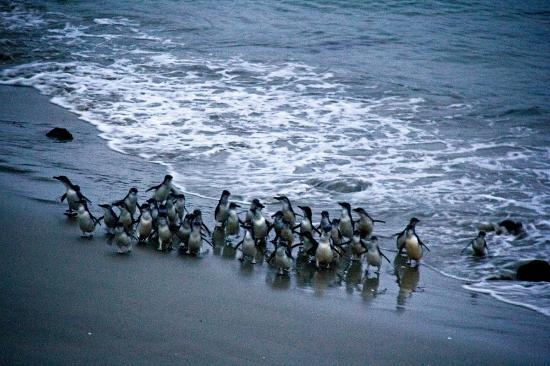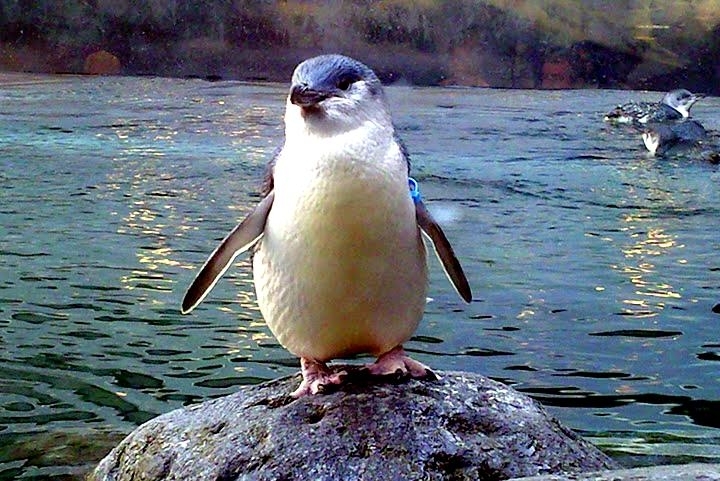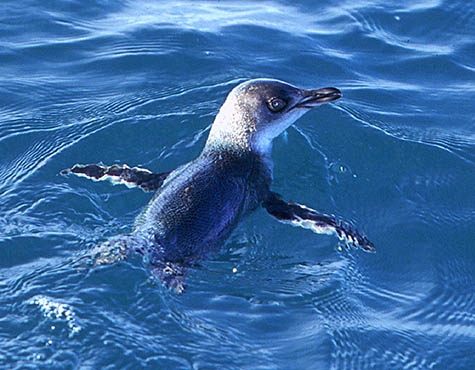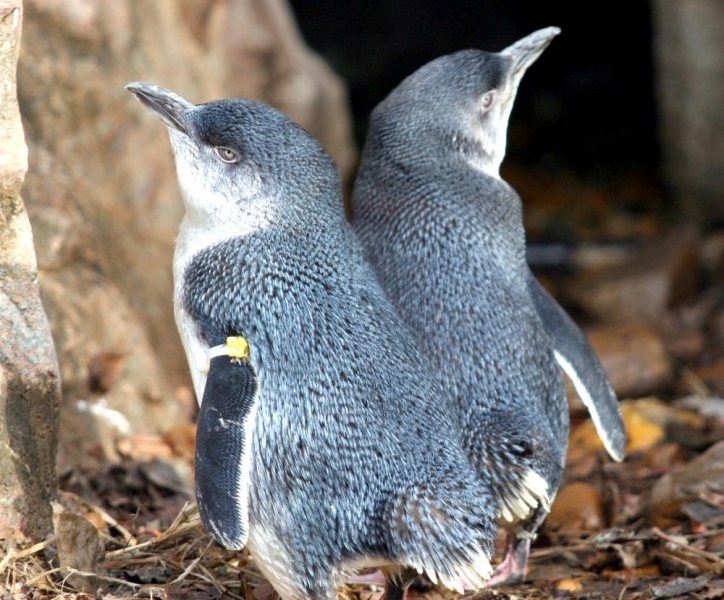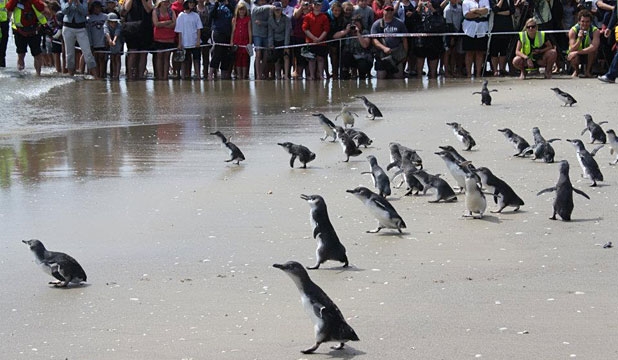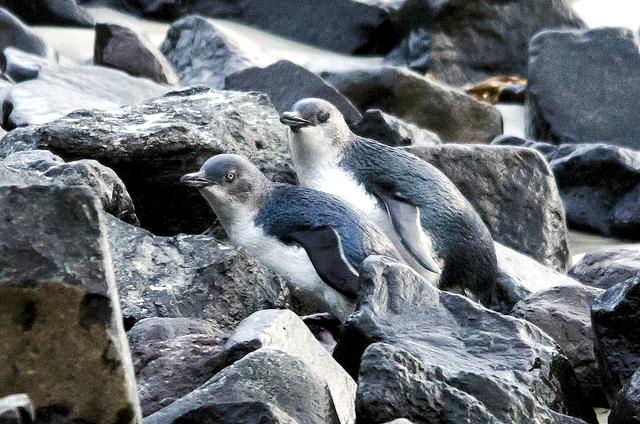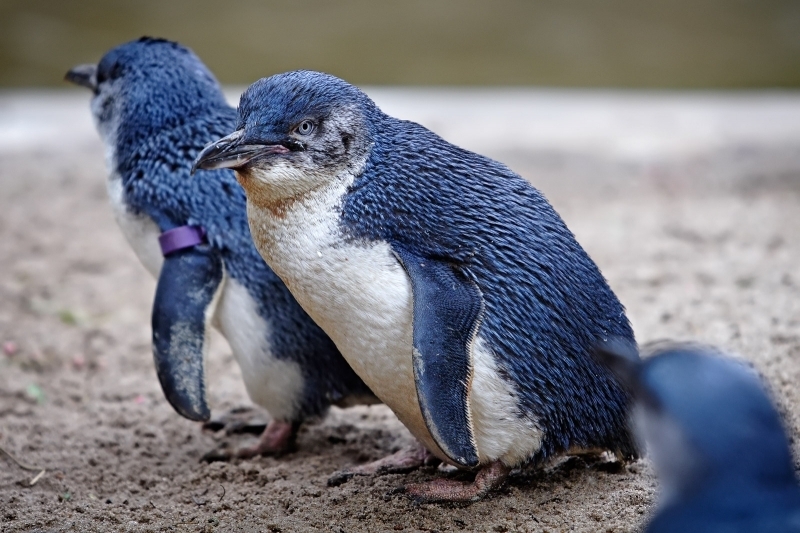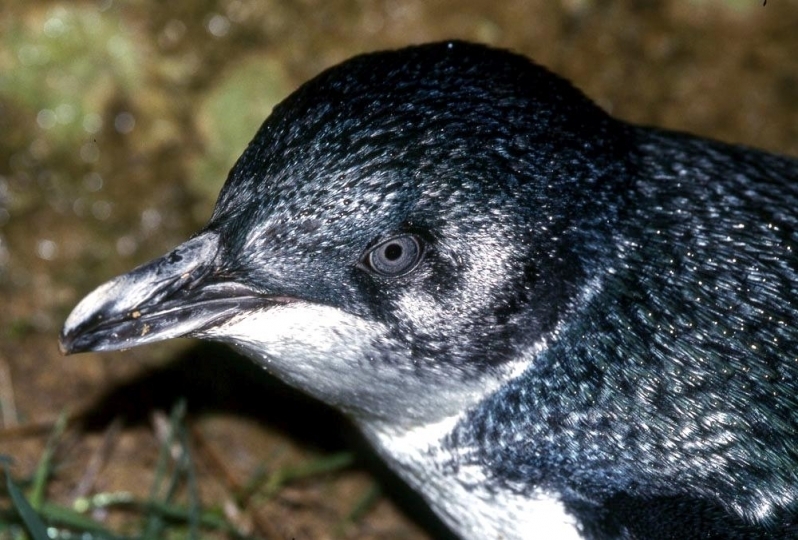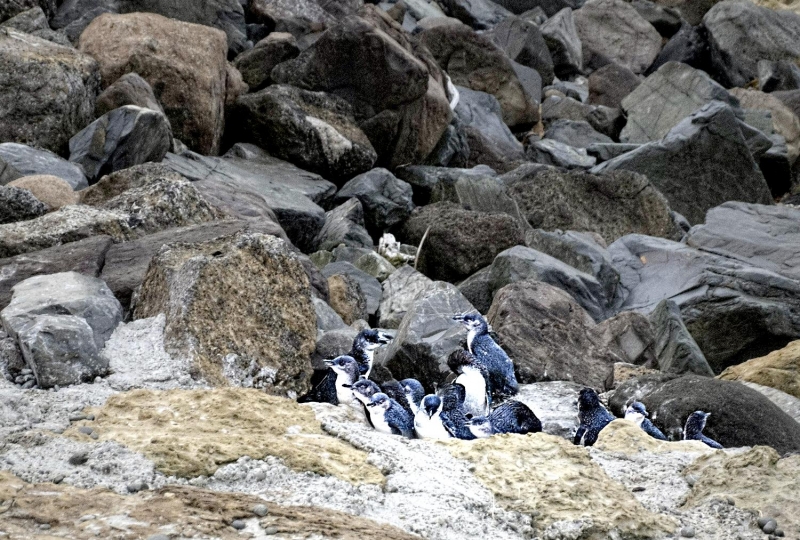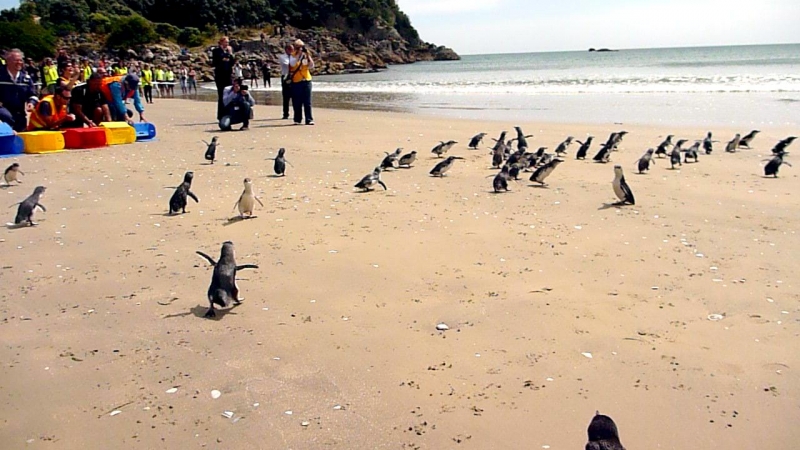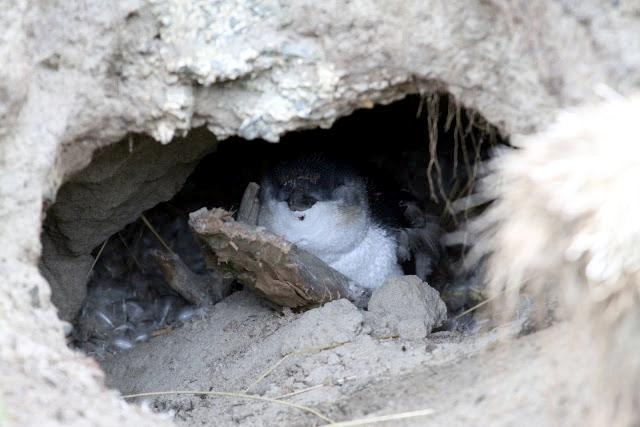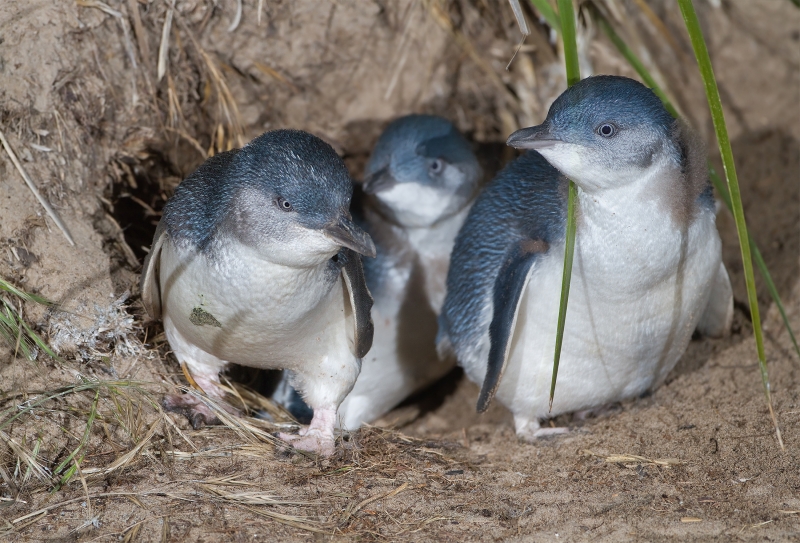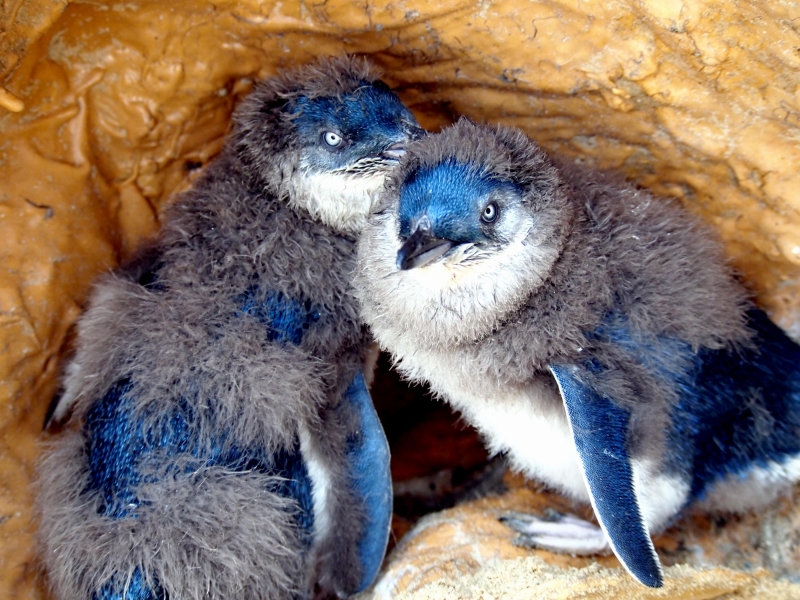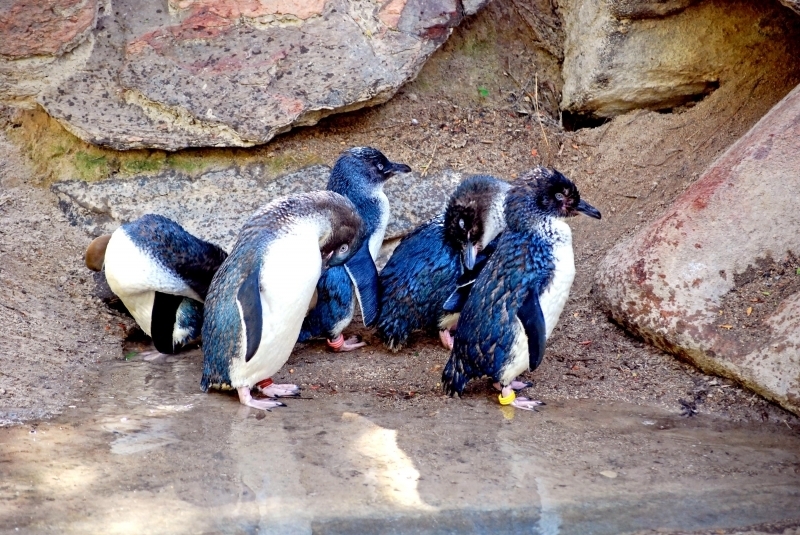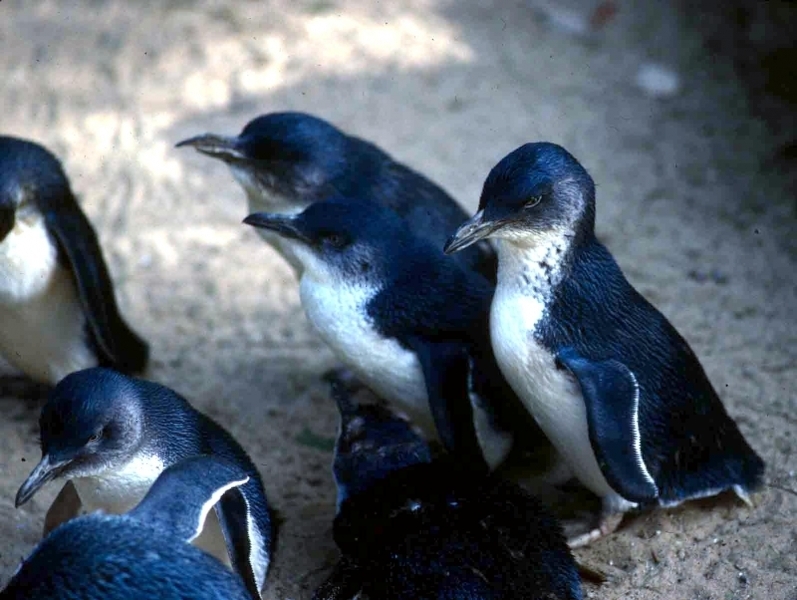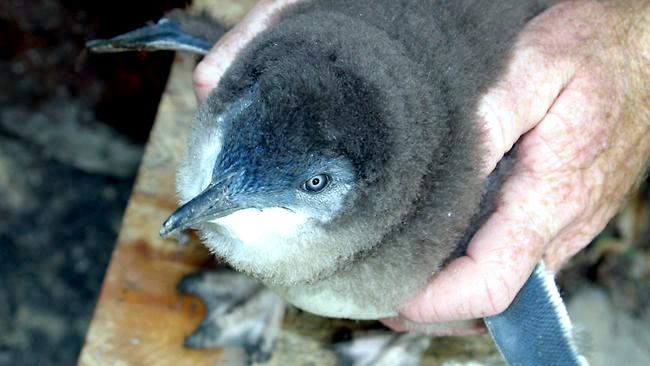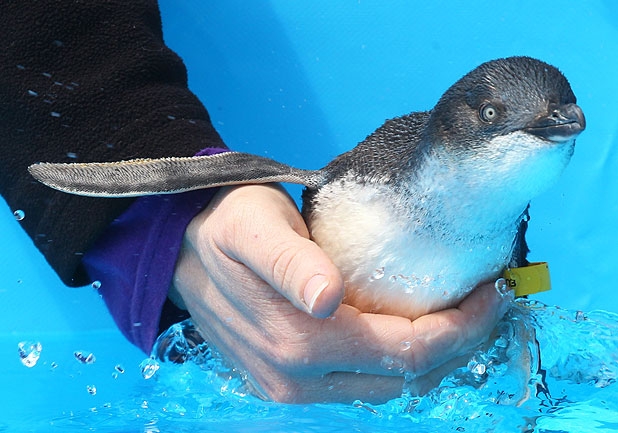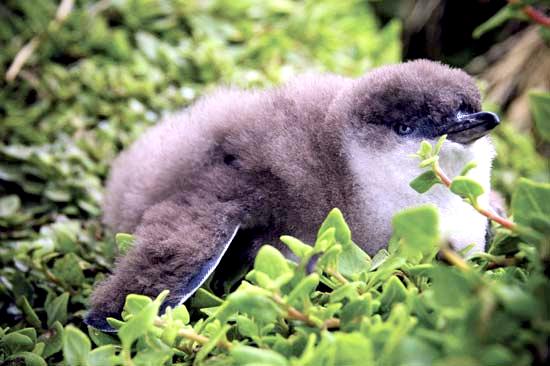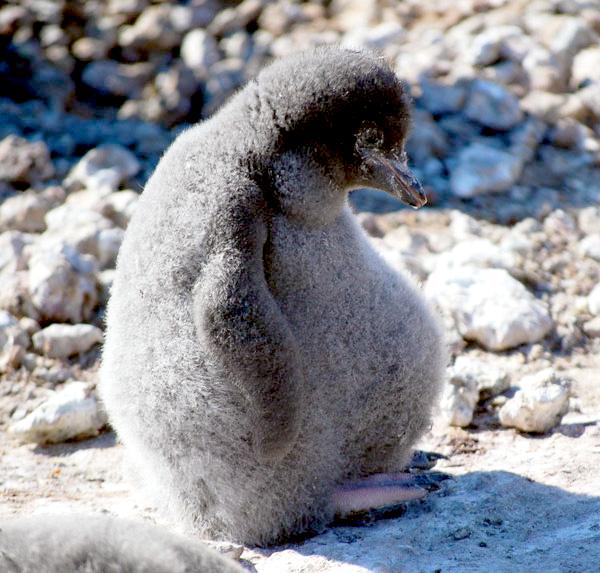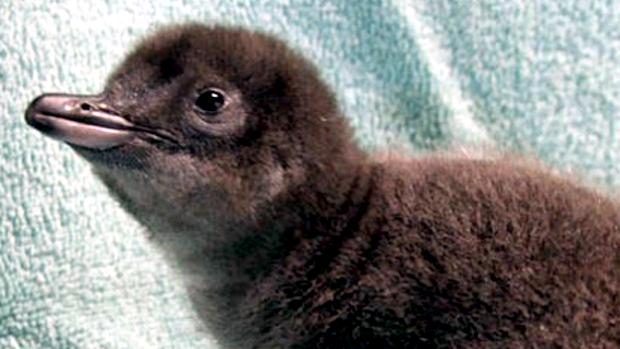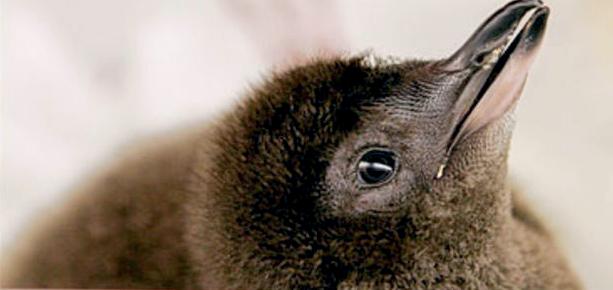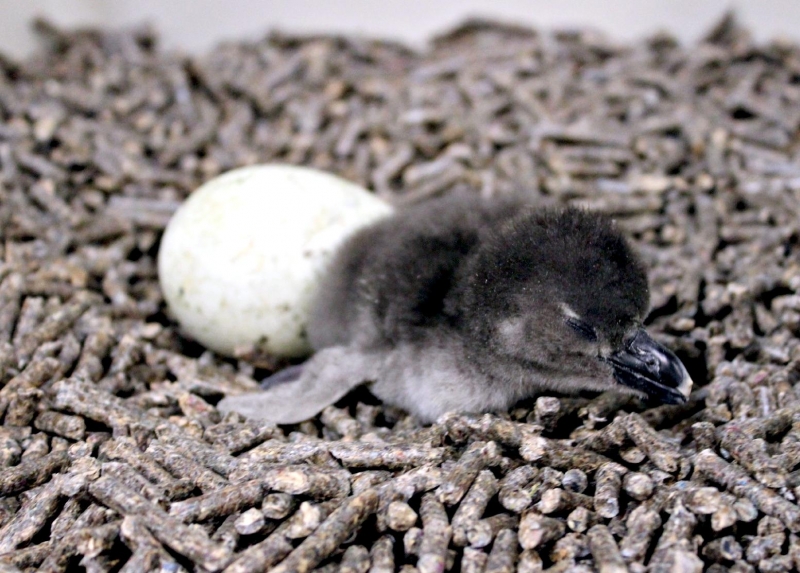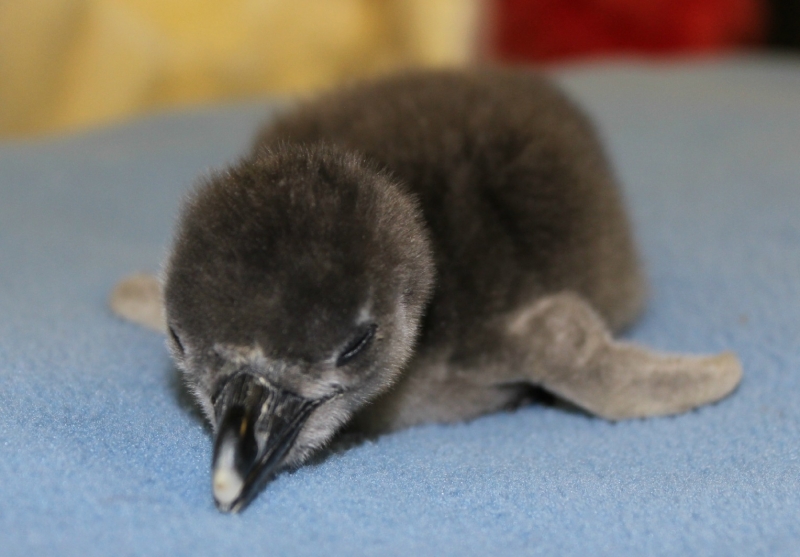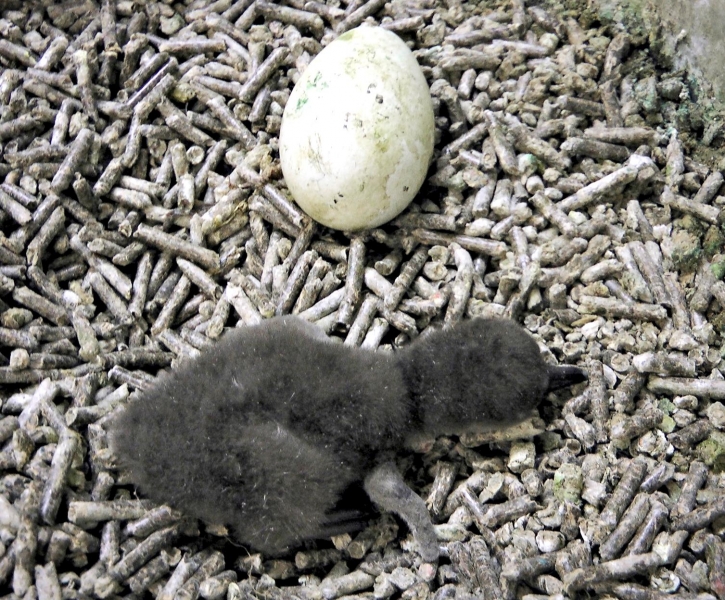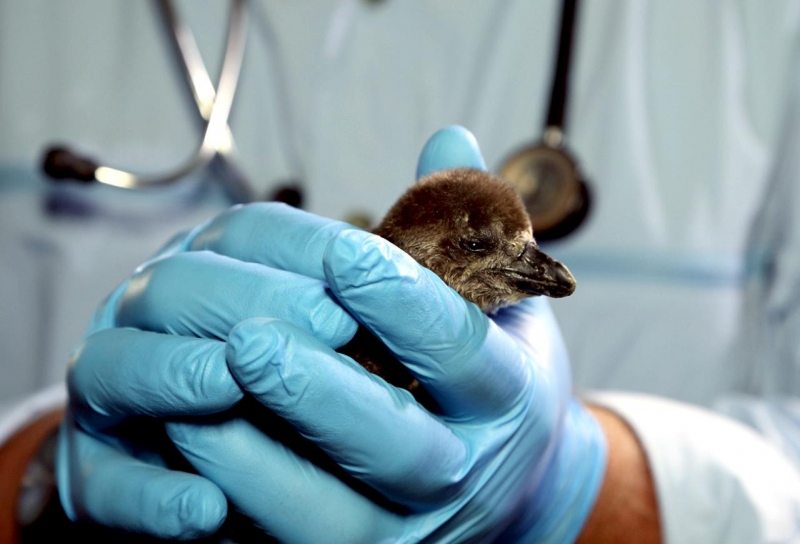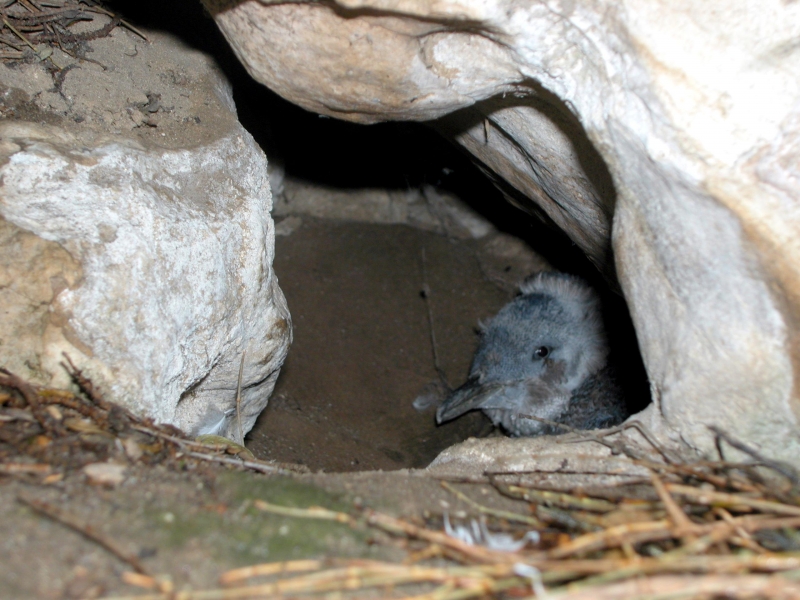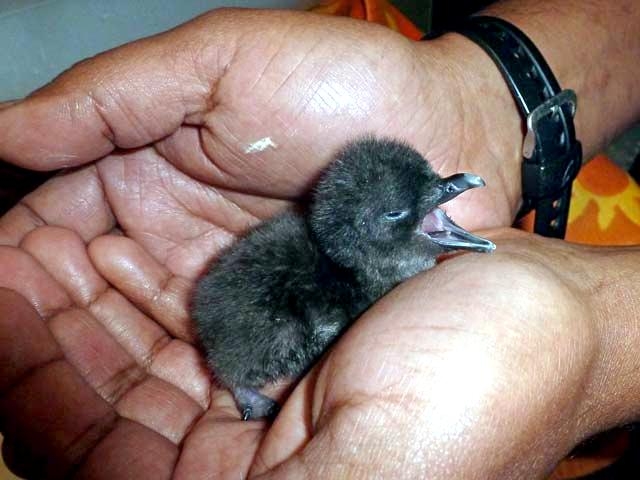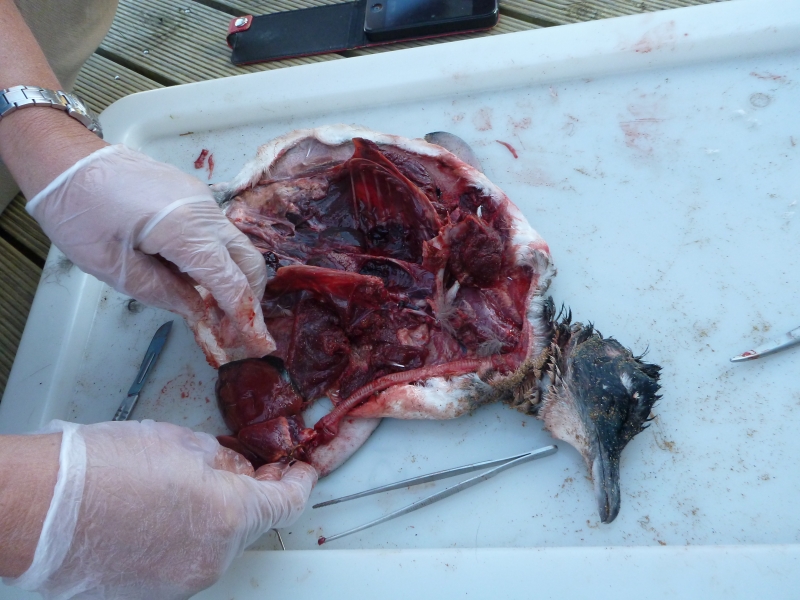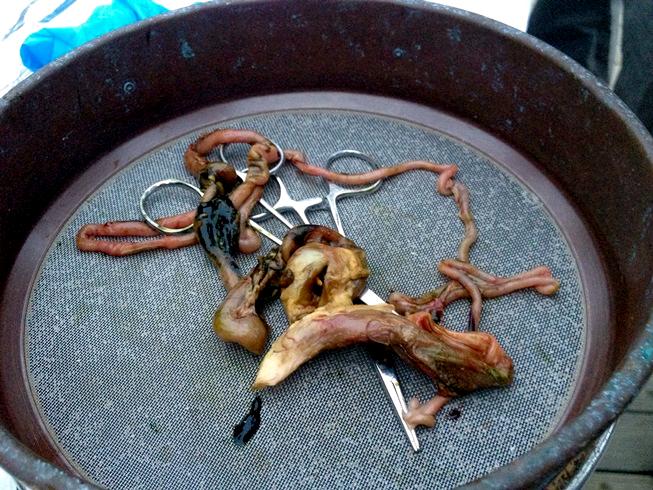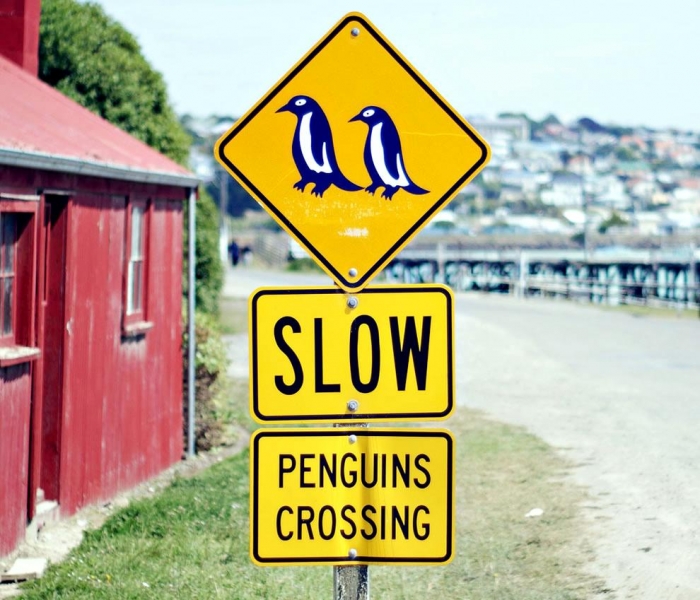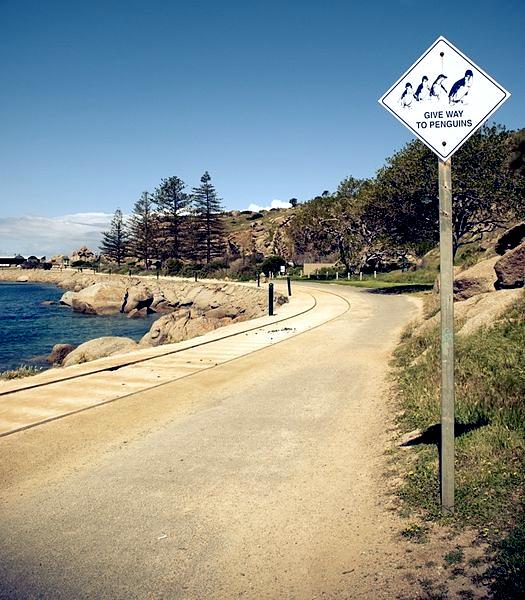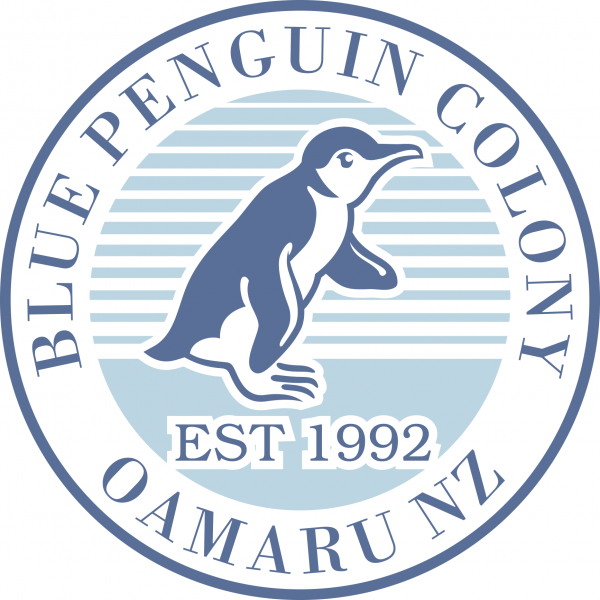“Eudyptula minor”
Blue Penguins also known as Fairy Penguins, were first described by Johann Reinhold Forster in the late 18th century during his voyages with Captain Cook on the HMS Resolution. They are the smallest penguin species standing only 25 centimeters tall and weighing an average of 1 kilogram. They are also known by the name Kororā, which comes from the Maori language, The word Penguin first appears in the 16th century as a synonym for the now extinct Great Auk. When European explorers discovered what are today known as Penguins in the Southern Hemisphere, they noticed their similar appearance to the Great Auk of the Northern Hemisphere and named them after this bird, although they are not closely related. They have a slightly different “tuxedo” in that they sport slate-blue plumage on the back with a white belly. Blue Penguins are known for the variety of calls they use to communicate at sea, declare territory and call for mates. Breeding colonies of Blue Penguins are found throughout southern Australia and New Zealand. In Australia, distribution extends from the Shoalwater Islands, near Perth in Western Australia across the southern coast including the Bass Strait & Tasmania and along the east coast as far north as South Solitary Island in New South Wales. In New Zealand, Blue Penguins are found along the coasts of the Chatham & Stewart Islands. This species typically breeds on offshore islands, but colonies are occasionally formed along the mainland where they are inaccessible to predators.
Some breeding sites have been found near urban areas where Blue Penguins have nested under buildings and other man-made structures. This species tends to return to the same breeding site year after year and juveniles often return to their birth site to breed when they reach sexual maturity. Blue Penguins feed on small fishes including anchovies, crustaceans & squid diving to average depths of 10-20 meters for an average of 24 seconds, although dives as deep as 60 meters have been recorded. They tend to remain within 25 kilometers of the coast when foraging, however longer trips up to 75 kilometers have been recorded. The Blue Penguin can reach swim speeds of up to 6 kph. They reach sexual maturity between the ages of 2-3. In New Zealand, eggs are laid between September and November. Typically 2 eggs are laid and incubated for about 36 days by both parents. Once hatched, parents alternate guarding & feeding the chicks for the first 2-3 weeks, then both parents leave the chicks to forage as more food is required to support their rapid growth. Chicks reach their adult weight of 1 kilogram in about a month and typically fledged about a month later.
